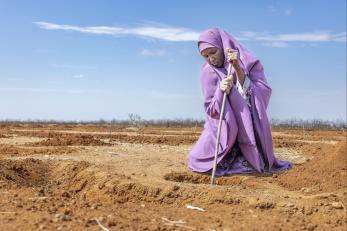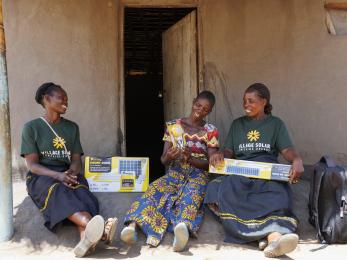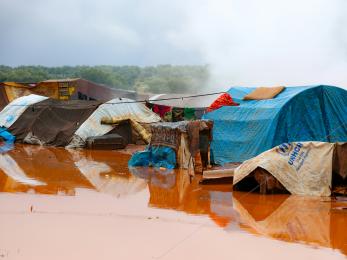Bridging the Fragility Gap
Climate Action in Fragile and Conflict-Affected Settings

Nowhere are the challenges of climate change more evident than in the world’s most fragile and conflict affected states. These nations are geographically exposed to climate hazards that are only worsening due to the international community's inability to mobilize the levels of action and finance needed to tackle the drivers of the climate crisis. Moreover, weak institutions, compromised governance, and both historic or ongoing conflict further erode their capacity to adapt and cope with its impacts.
While there has been a shift in recent years toward a broader recognition of the need to prevent crises from spiralling out of control and address the ‘fragility gap’, this has not been met with increased levels of funding.
Bridging the Fragility Gap therefore seeks to address two key challenges: how to increase climate adaptation investments in FCS and how to spend that funding on interventions that work. Amidst the seismic shocks to our sector and as other donors pull away from playing their part in global climate action, securing progress will require innovation, collaboration and commitment.
The paper draws on the perspectives of bilateral donors, international financial institutions, peer organisations, and the Mercy Corps program teams in Colombia, Iraq, Kenya, Somalia and Uganda, to identify recommendations to better align finance and programming to support underserved communities on the frontlines of the climate crisis. The recommendations in this paper indicate avenues to explore to get more effective funding in these contexts, holding up creative examples that navigate complex operating environments and enable effective climate action.

